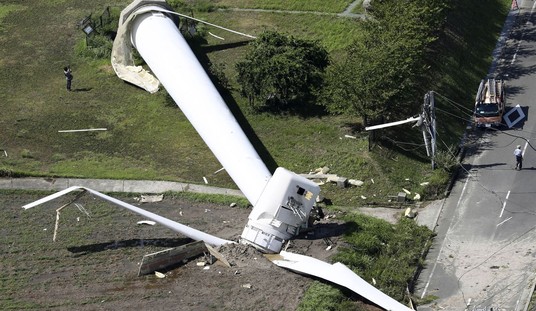
The Gannett/Gatehouse consolidation is not a solution but a desperate attempt at survival.
Pointing out that print journalism is in dire trouble is already a known quantity. In what is just another sign of how bad the industry fortunes have become it has been announced that Gannett will be bought out by Gate House Media, in a $1.4 billion deal. This merger will entail having over 250 newspapers in 47 states coming together under the Gannett banner.
The purpose of this combining of forces is seen by most as a needed effort at buttressing a collapsing industry. The executives behind the merger cite the need to combine services to scale back some expenditures. Those in the lower-rung positions in newsrooms are bracing for impending layoffs, as cost-cutting is an assured result. What goes unsaid is if these mergers and layoffs do not take place the other option is the paper closing entirely, and all jobs being eliminated.
The language behind the announcement is a thinly veiled explanation of the dire situation. It is expected that over a two year span $300 million will be trimmed, in what it being euphemistically called “cost synergies”. This applies to consolidating executive positions, such as accounting and human resources, but the implication is that this will also apply to the news content as well. The likelihood is a consolidation of content, where features are disseminated to various papers, leading to a lessened reliance on original stories.
This has already been taking place for years. Locally we have seen the evaporation of features like film critics, with movie reviews starting to come from a more centralized critic at a larger outlet. This should only broaden, as Gannett owns USA Today and it is expected that more features from the national level will be used on the local level. This consolidation of talent will also be crucial to the intended focus on digital content for all papers concerned.
These are inevitable moves, and they are needed to keep any viability alive. One study has estimated that in the past 15 years there have been closings on a staggering amount of newspapers; 1,800 have disappeared since 2004. The newspaper employment figures have dropped nearly 50% in that time frame.
To get an idea of what this merger will look like, here in Florida it covers a majority of the state. With the exception of Dade and Broward counties, and the Tampa region, nearly all other areas have daily newspapers and/or weeklies included in the merger — 29 in total. Only the larger outlets seem excused. The Miami Herald, Fort Lauderdale Sun Sentinel, Tampa Bay Times, the Orlando Sentinel, and Bradenton Herald remain outside ownership by the same company. (Years ago the Miami and Fort Lauderdale papers entered into a partnership.)
This merger is a sign of things to come. Other news syndicates are expected to take place in a sign of desperation. The evolution of journalism grinds forward, and numerous careers are being ground in the process.















Join the conversation as a VIP Member